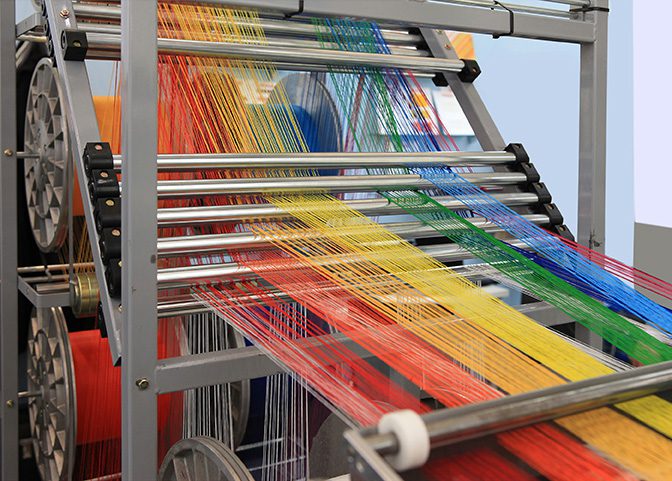Whether you’re someone who buys clothes as a necessity or someone who approaches it as a
fashionable hobby, there must have been a point when you wondered about the process involved in the
making of our clothes. How are such fabrics made, for example, from the simple and comfortable cotton to the luxurious silk?
The textile manufacturing process is a simple one to follow and in fact hasn’t changed much from how it was first developed. The most complex part are actually the machines used to streamline the entire
process, making it more efficient and allowing the resulting swaths of fabric to meet industry standards.
These machines have undergone the most changes in the textile industry — from the ancient spinning
wheels and needles to the ultra-modern winding machines equipped with brushless DC motors, just to
name one example.
Let’s take a look at the most basic textile manufacturing process, from start to finish.
Fiber Production as a part of Textile Manufacturing
Textile Manufacturing begins with the creation of the fibers. All textiles, no matter the texture, quality,
color, or finish, are made up of fibers. The arrangement of these fibers is how we get different types of
textiles. The source of the raw materials used in making the fiber can also affect the final product. Some examples of fiber material sources include cotton, sheep wool, and silkworm cocoons.
Whatever the fiber material, the production process is typically as follows: the gathering of raw
material, the cleaning and purging of its impurities, the separation into fibers (known as carding and
performed by carding machines), and finally, the straightening and rolling of the fibers into tubes.
Sometimes, the fibers are put through a process known as combing, which removes shorter or frayed
fibers, resulting in stronger strands.
Yarn Production
Once the fibers have been made, they are then spun into yarn. This process involves the usage of
spinning machines, which twist the fibers into tight and cohesive threads that are strong enough to be
woven into fabric. There are many variants of this method, with some of them resulting in a finer,
stronger, or coarser thread of yarn as desired.
Depending on the method used, the yarn may undergo additional steps like plying, where completed
yarns are twisted together to create an even thicker thread. Gassing is another example, wherein the
yarn is quickly passed through very hot gases in order to burn off frayed or projecting fibers. This makes the finished yarn rounder, smoother, and appear brighter.
Fabric Production
After enough yarn has been manufactured, the next step is to create the fabric or textile itself. Like yarn
production, this process can be performed through various methods. Two of the most popular methods
are knitting or weaving. Whatever method is applied, machinery once again plays a heavy role. Some of
the more important machinery in this process include the previously mentioned winding machines,
which winds the freshly processed yarn onto the bobbins of mechanized weaving machines called power looms. The bobbins are basically containers for the yarn that the loom uses to weave fabric, so the winding machine has to ensure that there is an adequate supply of yarn spun onto each bobbin. A
failure in this particular aspect of fabric production can result in a flawed or substandard product.
Treatment and Finishing Touches
Once the fabric or textile has been made, it can undergo other procedures depending on the desired or
required final product. These procedures usually involve further cleaning and chemical treatments to
make it the fabric not only more presentable but also more durable and resistant to shrinkage. The
fabric may also be dyed in different colors or imprinted with designs or patterns, usually through screen
printing, transfer printing, or digital printing.
While it’s easier to appreciate what is ultimately the final product — the clothes and clothing accessories themselves — it’s good to remember that these fashionable items won’t be possible without first making the fabrics. Through the steps mentioned above, various textiles, opening them to countless fashionable possibilities.
